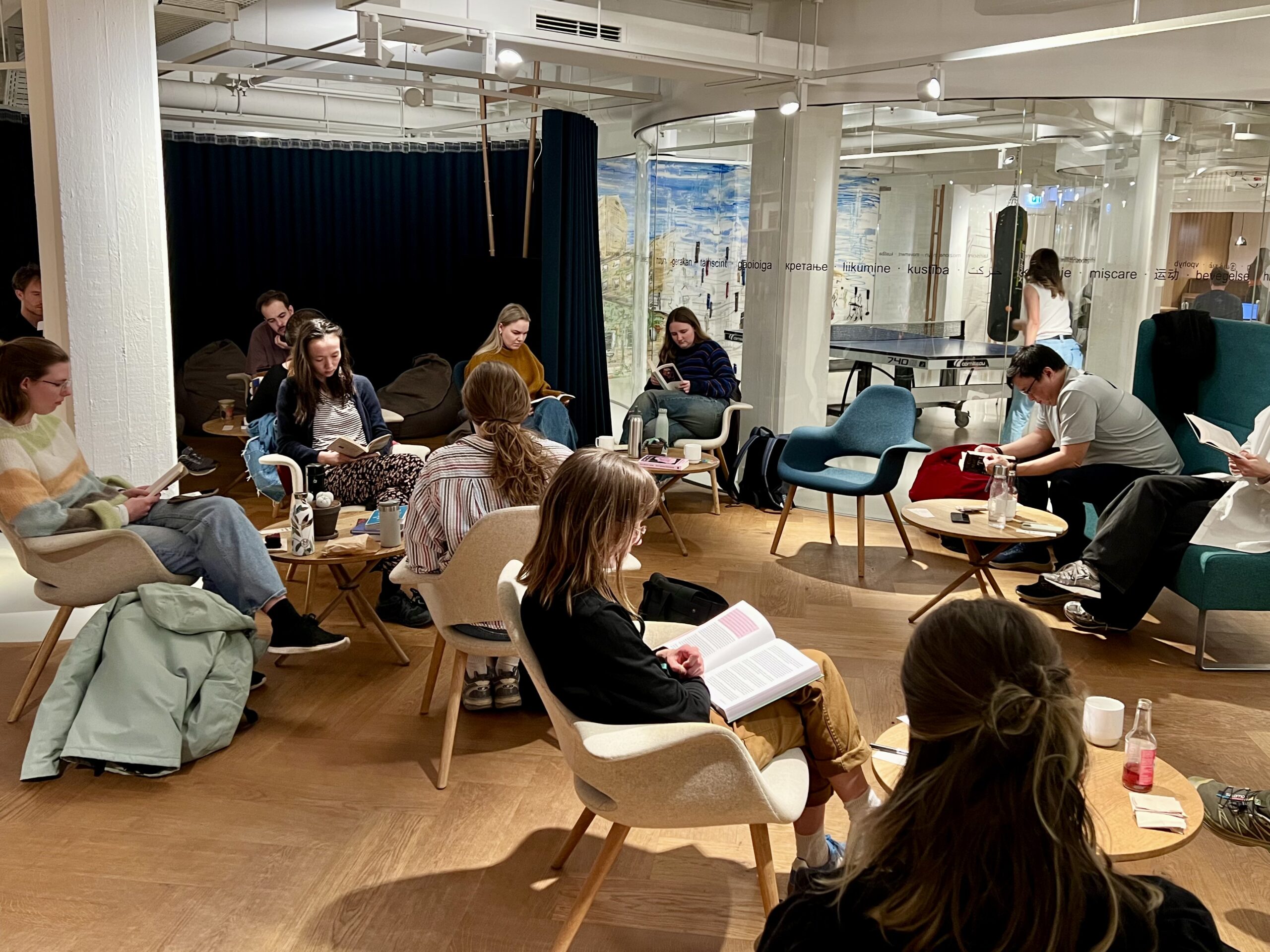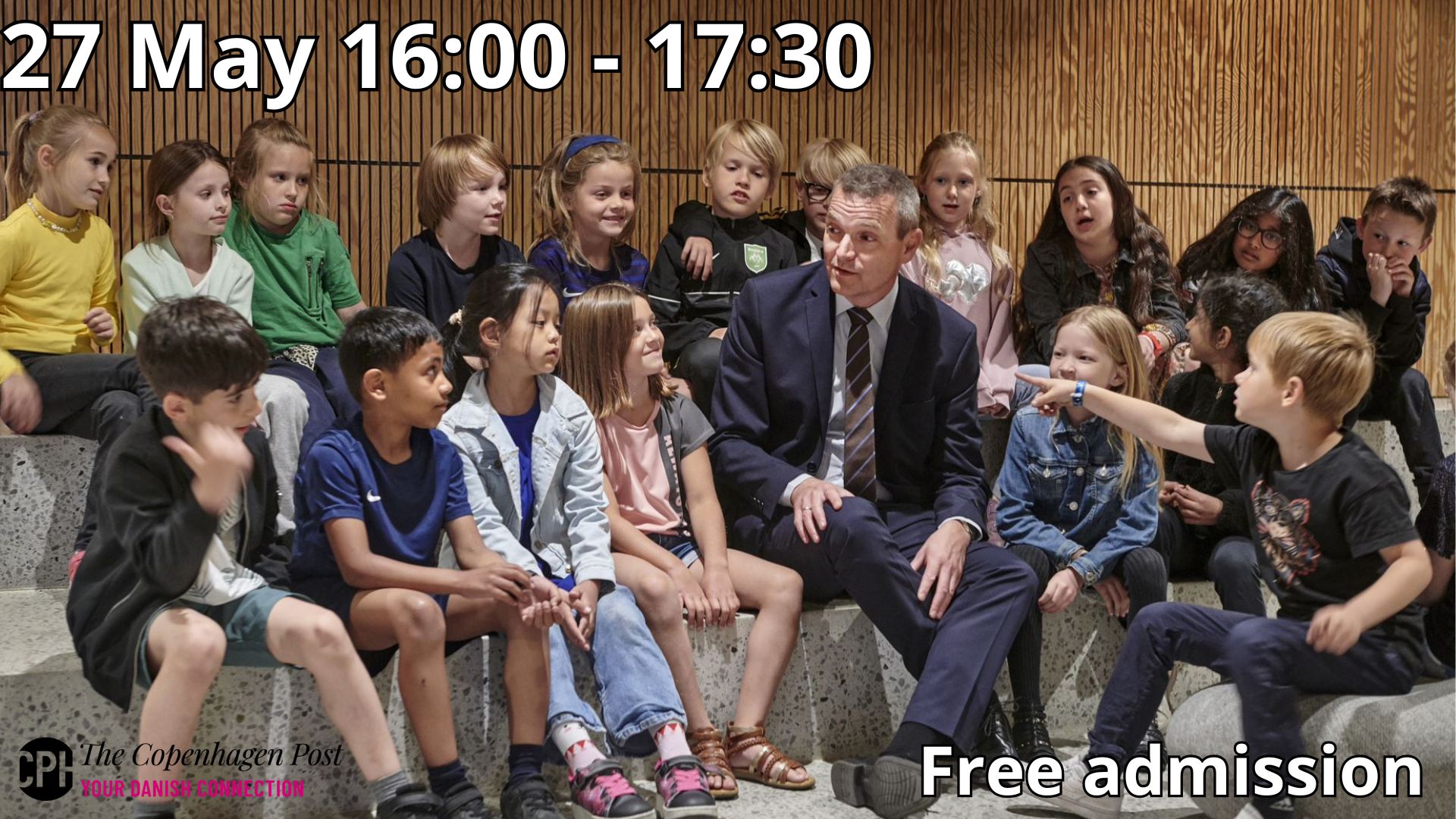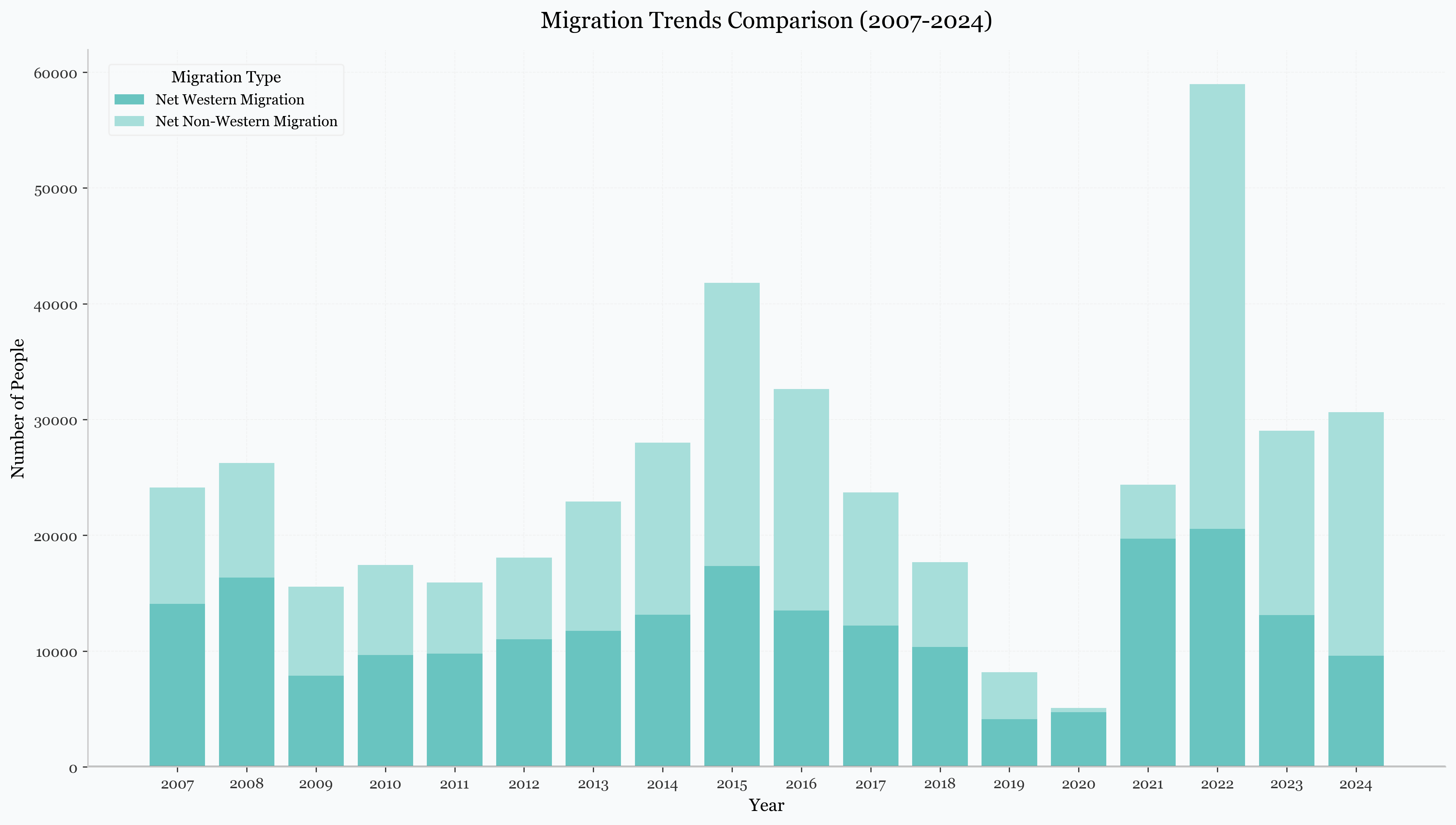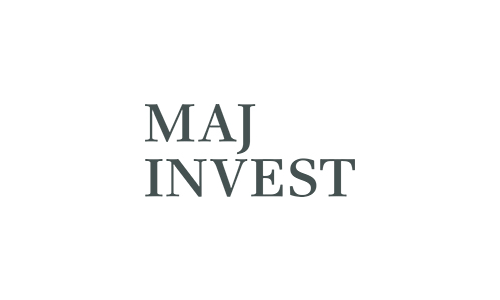What happens in trade halls and tariff negotiations rarely stays there. U.S. tariffs may be economic tools, but their impacts do not respect sectoral boundaries. For Danish INGOs, the consequences surface not in headlines, but in delayed shipments, inflated procurement, strained partnerships, and restricted access to essential tools. In a sector already navigating climate shocks, geopolitical volatility, and donor fatigue, the addition of global trade pressures complicates operations in ways that often go unnoticed—until they disrupt.
These trade-driven tremors ripple across every layer of humanitarian work. From the structure of supply chains to the agility of strategic planning, from the pace of tech innovation to the strength of local partnerships, International NGOs based in Denmark are operating in a landscape where trade policy increasingly defines what aid can look like, how quickly it moves, and who it reaches.
Tariffs are humanitarian disruptors in disguise
Most people don’t associate tariffs with primary health care facilities, refugee camps, shelters, food distribution, or a school reconstruction. But in the quiet corridors of humanitarian logistics and finance, trade policy speaks loudly.
Tariffs—especially those driven by major economies like the United States—create ripple effects that shape humanitarian operations, including those run by INGOs based in Denmark. What begins as a technical economic lever can trigger price surges, shipment delays, and strategic recalibrations across humanitarian supply chains. Stock markets may not reflect it, and policy papers might not name it, but the invisible becomes visible when we recognize that the nonprofit sector—including international and local NGOs, United Nations agencies, and Red Cross and Red Crescent networks—manages billions upon billions of dollars in global procurement and logistics. This is not a local loop. It is a transnational artery of aid that stretches from highly industrialized economies to the most remote and hard-to-reach crisis zones. From centralized warehouses in industrialized countries to last-mile delivery in hard-to-reach and often unstable regions, the supply chain is the spine of modern humanitarian response—and it is increasingly shaped by the shifting currents of global trade.
Economic shockwaves through the humanitarian pipeline
Humanitarian operations rely on globally dispersed supply chains. From medical kits, tents, food items to generators and organizational assets, nearly every intervention depends on timely, affordable procurement. When U.S. tariffs are applied to goods sourced directly or indirectly through U.S. markets—or from countries impacted by U.S. trade policies—costs rise fast, and timelines stretch beyond what the sector can afford.
But beyond the immediate effects lies a deeper analytical insight: humanitarian logistics do not operate in a vacuum. They are nested within the same economic architecture that shapes global trade, and increasingly, they inherit its volatility. Delays due to customs reclassification, rerouting, or tariff-related compliance are not mere inefficiencies—they’re structural disruptions.
Stock markets may not register these moments. But on the ground, they’re felt as delayed distributions, increased tensions with local partners, and the needs going unmet in real time.
Static budgets, rising costs: A system out of sync
Humanitarian budgets are rarely indexed to real-world volatility. INGOs operate on fixed grants—often awarded months in advance and heavily restricted by donor terms. These grants assume a relatively stable cost environment, but that assumption collapses when tariffs or trade shifts cause price surges mid-cycle. A 5% or 10% increase in procurement costs may not sound dramatic on paper, but when scaled across food, shelter, medicine, and logistics, it can destabilize an entire operation and might lead to closing it.
The real issue is not just about financial stress—it is about systemic misalignment. The structure of donor funding is often too rigid to absorb external shocks. Without contingency buffers, escalation clauses, or built-in price adjustment mechanisms, organizations are left with limited options: absorb the costs internally, reduce their scope of work, or delay implementation. None of these are optimal—especially when responding to crises.
From an organizational standpoint, this means teams are constantly forced to re-prioritize in the middle of delivery cycles. Finance units scramble to make cuts that won’t erode program quality. Program leaders delay distributions or shift modalities. Partnerships may be paused. And all of this happens quietly behind spreadsheets and budget justifications.
At the systems level, this erodes operational predictability, reduces trust with partners and communities, and undermines the accountability INGOs strive to uphold
Donor logic meets market volatility
Global trade policy can shape donor behavior in indirect but powerful ways. When U.S. tariffs create inflationary pressure or supply chain uncertainty, donor agencies may respond by tightening procurement preferences, delaying funding timelines, or becoming more risk-averse in how they manage international partnerships. These decisions, though often rational from a fiduciary standpoint, create cascading complexity for implementing INGOs.
For Danish INGOs working with U.S.-based donors or intermediaries, this translates into a more constrained operating environment. Sourcing preferences might shift in favor of domestic suppliers, pushing INGOs to reconfigure procurement frameworks to meet new eligibility requirements. Co-funding arrangements—especially those involving multiple donor sources—may unravel as timelines and cost structures diverge. Compliance requirements may multiply, with additional layers of due diligence, reporting, and legal review.
Internally, these shifts stretch organizational bandwidth. Strategic sourcing must now factor in not only cost and availability, but donor alignment and risk thresholds. Procurement and legal teams spend more time negotiating acceptable frameworks. Program staff must plan around shifting delivery capacities. Boards are increasingly pulled into decisions that once lived within operations.
These adaptations are not inherently negative—they are pragmatic. But they require investment, foresight, and a willingness to treat donor behavior as a dynamic variable, not a fixed input.
The tech access problem
Innovation is no longer optional. But when U.S. tariffs or export controls affect access to key technologies—from drones to software—INGOs are forced into difficult decisions.
These barriers don’t just delay digital transformation; they fragment it. Teams must choose between expensive licenses, less effective tools, or internal workarounds. For organizations working across insecure environments, the cost isn’t just efficiency—it’s safety, speed, and scale.
This challenge is amplified by the fact that many INGOs rely on enterprise platforms such as Microsoft Dynamics, Salesforce, and ServiceNow—core systems that underpin everything from finance and HR to supply chain and grant management. These platforms, while effective, are largely U.S.-based and subject to the very export restrictions and pricing shifts that trade policies can influence. Licensing renewals may become more expensive. Access to certain integrations or cloud-hosting options may be limited due to shifting geopolitical priorities. Technical support timelines may lengthen, and data localization rules may clash with vendor practices. Navigating this space requires new procurement intelligence, digital diplomacy, and collaborative tech ecosystems that go beyond national policy boundaries.
The administrative spillover
Tariffs may be economic decisions, but their humanitarian consequences live in procurement desks, legal units, compliance teams, and audit trails. These departments are not peripheral—they are the operational core that ensures an organization can deliver on its mandate within legal, financial, and donor-defined boundaries. When trade policies shift, so do the terms of those boundaries.
For Danish INGOs, this means redrafting framework agreements with suppliers, renegotiating terms under new tariff categories, updating customs declarations, and sourcing alternate vendors who can meet both compliance and cost expectations. These are not abstract exercises—they take hours of administrative time, cross-department coordination, and often, back-and-forth exchanges with donors for approvals and exceptions. Each deviation from an original plan must be justified and documented.
This isn’t inefficiency—it’s operational governance contending with global turbulence. Yet few funders recognize the full internal capacity needed to absorb and adapt to these external shocks. These costs are rarely budgeted for. The time is rarely compensated. And the visibility of this work is often lost behind the scenes.
Beyond compliance: Designing humanitarian systems for a volatile economic future
This is not just about U.S. tariffs. It reflects a broader and accelerating shift in the macroeconomic environment—one where carbon border adjustments, fluctuating currency values, tightening data protection laws, and AI export regulations increasingly shape the operational perimeter for INGOs. These are not niche concerns. They are structural forces from environmental, financial, and technological domains that now intersect directly with humanitarian delivery systems. What once felt external to the sector is now embedded within it.
While this analysis draws from the Danish INGO ecosystem, the underlying forces apply across the humanitarian sector—wherever global trade and local delivery collide. Whether INGOs are navigating GDPR-driven constraints on cross-border data sharing or adapting to AI-related controls that limit access to analytics tools and smart logistics platforms, the point is clear: the aid sector is being redrawn by systems it neither designed nor governs. INGOs must now operate within regulatory ecosystems crafted with different priorities in mind—ones that prioritize trade compliance, national interest, and digital sovereignty over humanitarian speed, flexibility, or access.
These are operational realities that affect everything from cost structures to decision timelines, from digital architecture to vendor reliability. Planning systems must evolve accordingly. Scenario planning must integrate macroeconomic indicators, regulatory forecasts, and trade policy shifts—not as an afterthought but as a core input. Procurement models must weigh geopolitical risk alongside efficiency. If humanitarianism is to remain global in scope, then our planning, systems, and strategic reflexes must evolve to match the world we’re actually operating in—not the one we wish existed.
Conclusion: Tariffs on paper, barriers in practice
This is not a call for panic. It is a call for professional realism. Humanitarian actors don’t work in isolation—they operate in the middle of complex global systems where trade policy, financial regulations, and political decisions increasingly shape operational realities. Tariffs may appear as abstract instruments of economic policy, but their effects are anything but abstract for INGOs navigating procurement, budgeting, compliance, and access. The aid sector is being reshaped by forces it does not control, but it can no longer afford to ignore.
To overlook the impact of trade dynamics is to misunderstand the operating context of modern humanitarianism. INGOs in Denmark—and around the world—must build strategic foresight into their systems, linking macroeconomic awareness with operational design. This means investing in trade-sensitive procurement models, building flexibility into donor agreements, preparing legal and logistics teams for regulatory turbulence, and aligning organizational strategies with the evolving global environment.
Because ultimately, this isn’t about tariffs. It’s about the people waiting on the other end of every disrupted shipment, delayed transfer, or canceled contract. It’s about the integrity of systems designed to deliver relief, restore dignity, and protect lives.
And if we are to meet that responsibility, we must build humanitarian systems that are not only principled—but also prepared.














